There are a few hard truths you can learn from both the book and soon-to-be-released film The Martian. The first is: Don’t get stuck on Mars. The second: If you do get stuck on Mars, be really, really smart.
It’s hard to argue with wisdom like that, but if you have any doubt, you won’t after leaving the theater, fresh from a rousing, gripping and scientifically granular tutorial on what makes Mars tick—chemically, geologically, meteorologically—and why the planet is such an alluring and vexing place. Andy Weir artfully blended all of those seemingly unblendable elements in his 2011 novel and Ridley Scott hand-carried them to the screen without dropping and breaking a single one.
So: Go see The Martian. But still: Don’t expect all of the science to be what it should be. The hard part about good science fiction has always been the fiction part. How many liberties can you take and how big should they be before you lose credibility? In the case of The Martian, the answer is mixed.
Some of the movie’s errors are minor and even cosmetic. The Johnson Space Center in Houston and the Jet Propulsion Laboratory in Pasadena look nothing like the slick, futuristic places they appear to be on screen. Even in a relatively near future in which it’s possible to travel to and from Mars, the laws of economics and politics still apply, and Washington would never spend the money on architectural glitz when the drearier but serviceable facilities are still in place.
Other errors are a bit more technical, as when an unmanned supply vehicle is docking with the Mars mother ship and an astronaut is sent outside in a spacesuit to wave it in like an airport worker on a tarmac. But there’s no one in the cargo ship to see him waving and video cameras on both the arriving ship and the mother ship would make it possible to control the entire operation from an indoor console. One rule of thumb in space travel: never take the risk of a spacewalk unless it’s absolutely necessary—and in this case it’s not.
MORE This Graphic Shows All the Ways Mars Will Try to Kill Us If We Ever Get There
Still, those are quibbles. Much more disturbing is what is arguably the most important plot device in the movie: the massive windstorm that sweeps astronaut Mark Watney (Matt Damon) away, causing his crew mates to abandon him on the planet, assuming he has been killed. That sets the entire castaway tale into motion, but on a false note, because while Mars does have winds, its atmosphere is barely 1% of the density of Earth’s, meaning it could never whip up anything like the fury it does in the story.
“I needed a way to force the astronauts off the planet, so I allowed myself some leeway,” Weir conceded in a statement accompanying the movie’s release. “Plus, I thought the storm would be pretty cool.”
It was exceedingly cool actually, and for that reason Weir’s liberty could almost be forgiven, but then the story tries to have it both ways with the same bit of science. When a pressure leak causes an entire pod on Watney’s habitat to blow up, he patches a yawning opening in what’s left of the dwelling with plastic tarp and duct tape. That might actually be enough to do the job in the tenuous atmosphere that does exist on Mars. But in the violent one Weir invents for his story, the fix wouldn’t last a day.
See Pictures of Mars in Movies
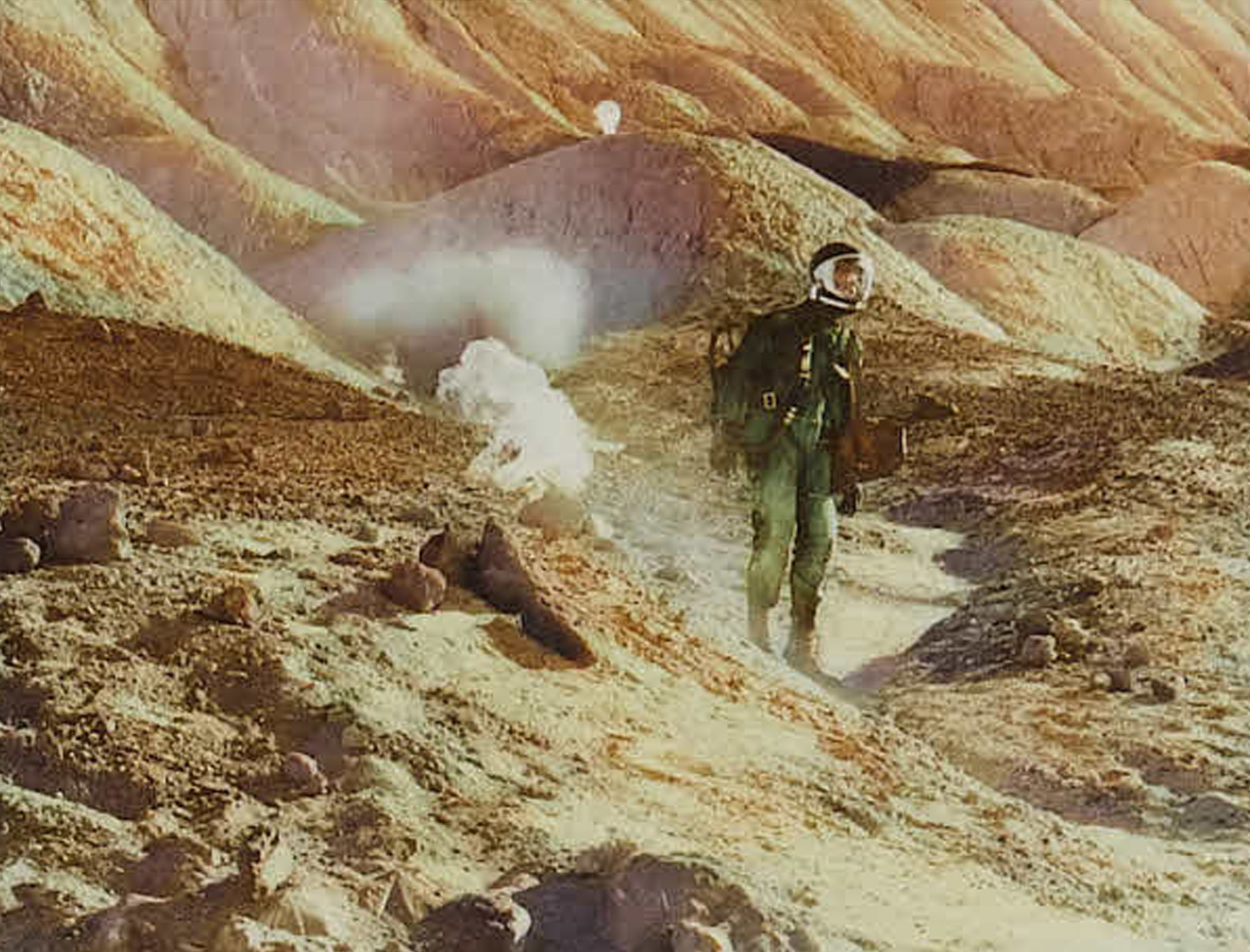
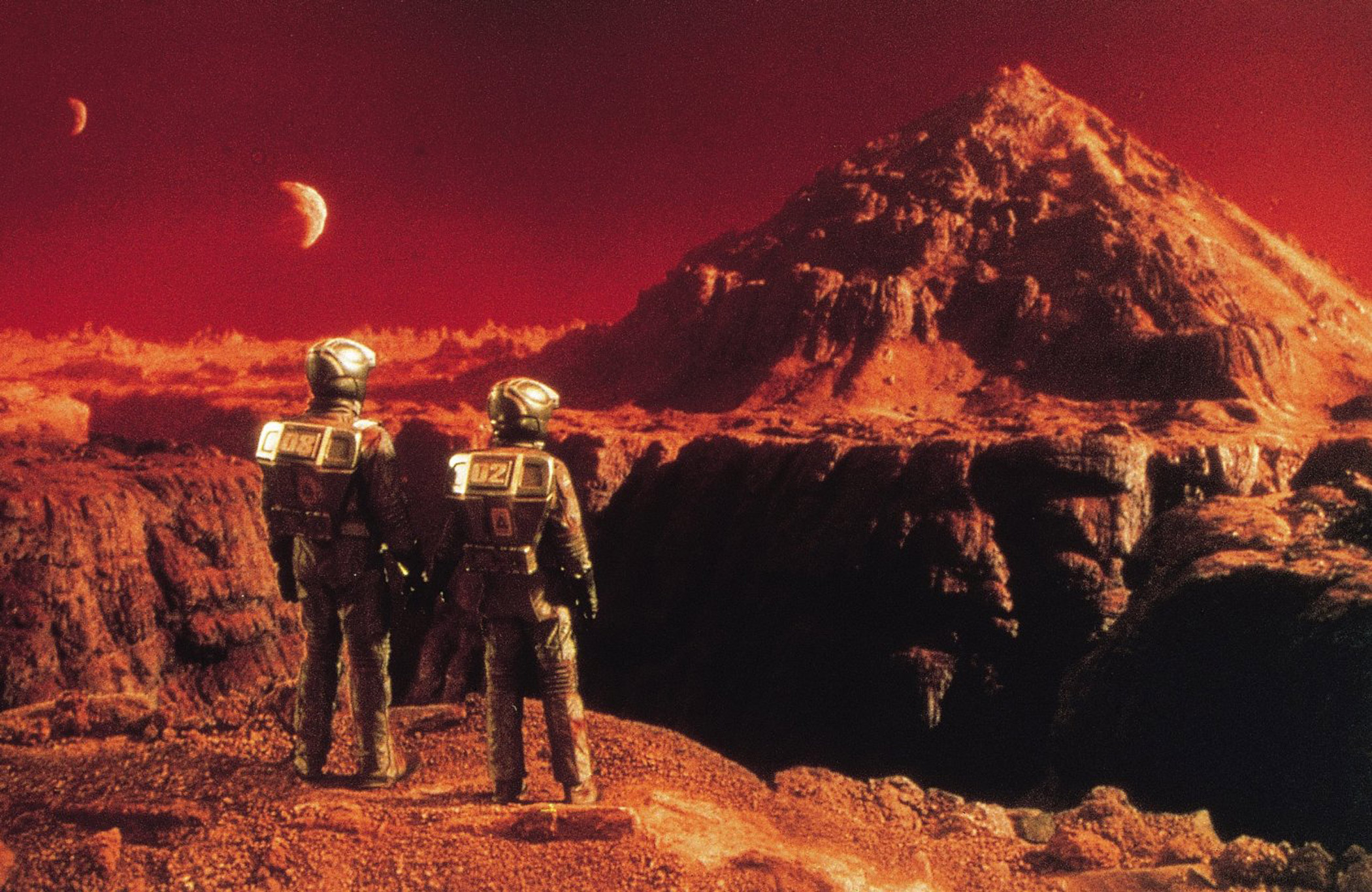
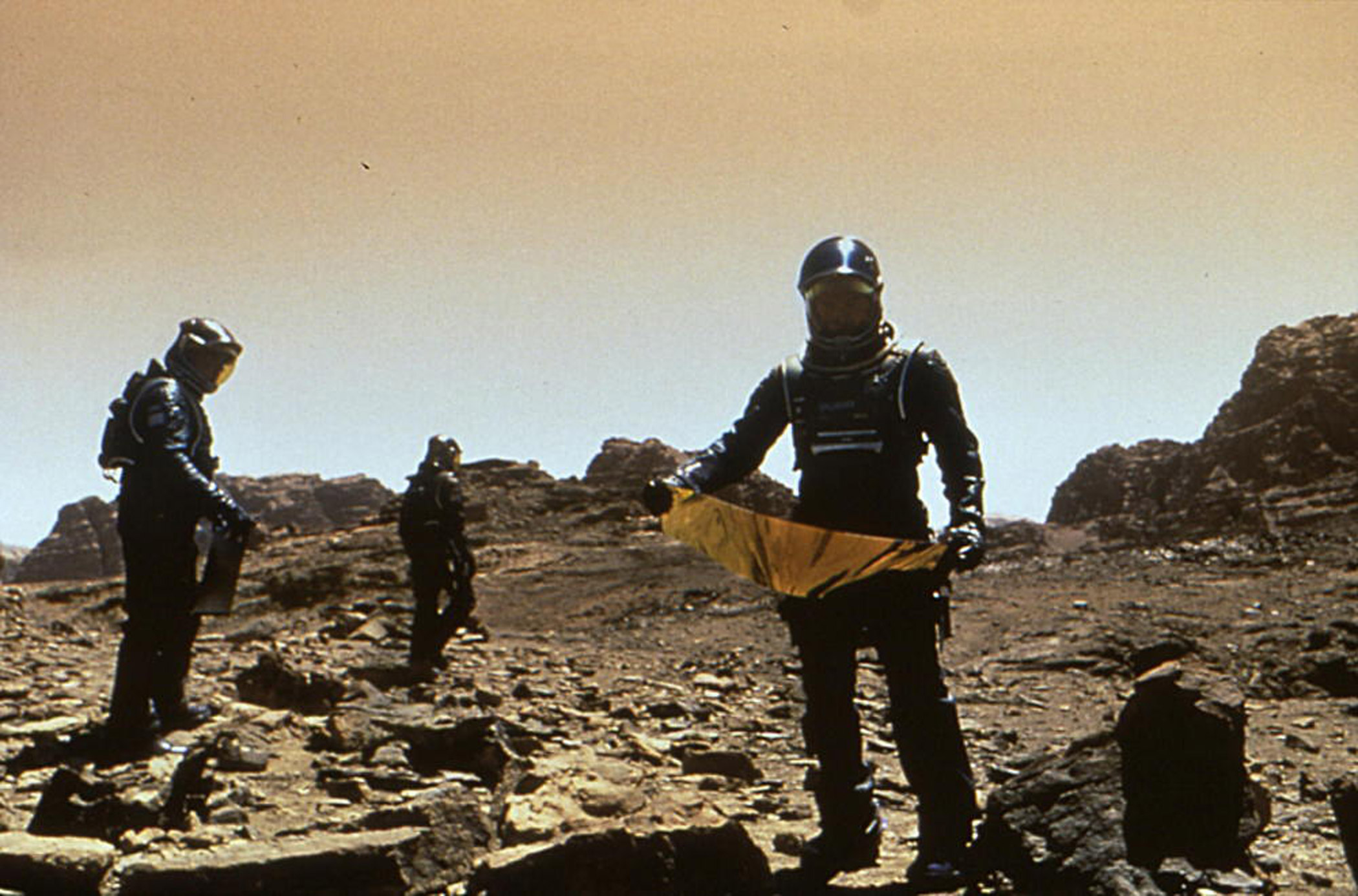
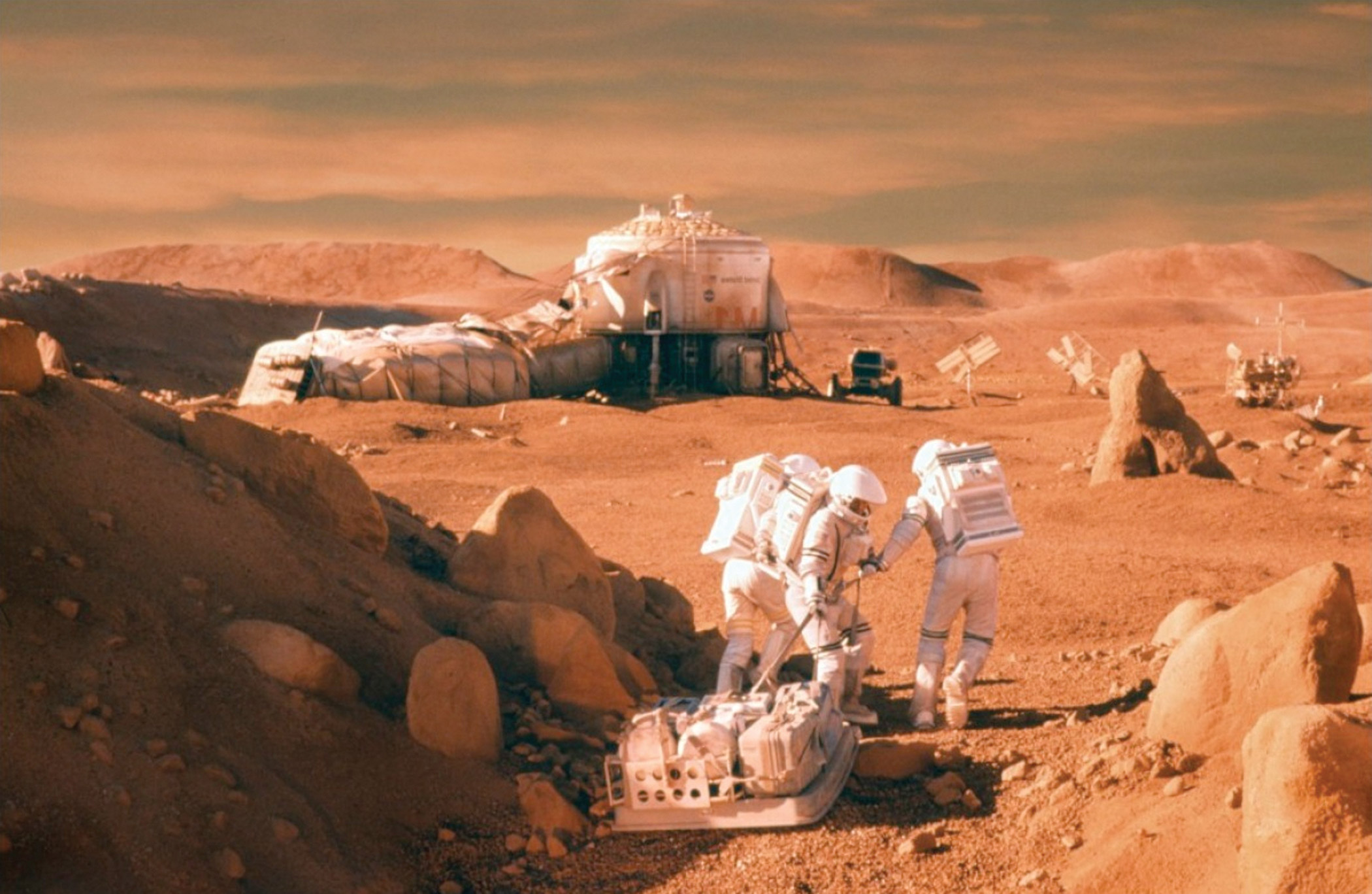
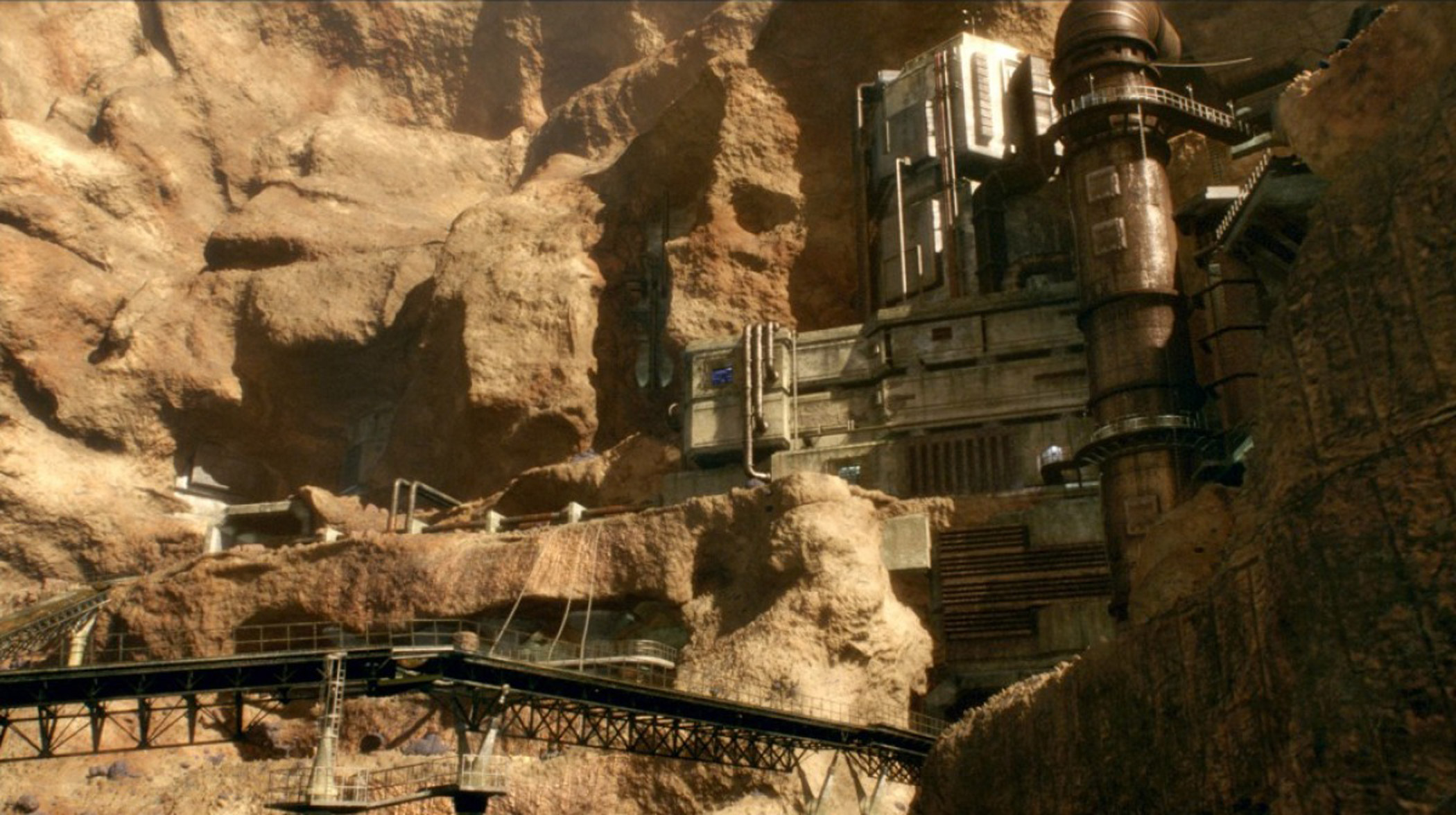

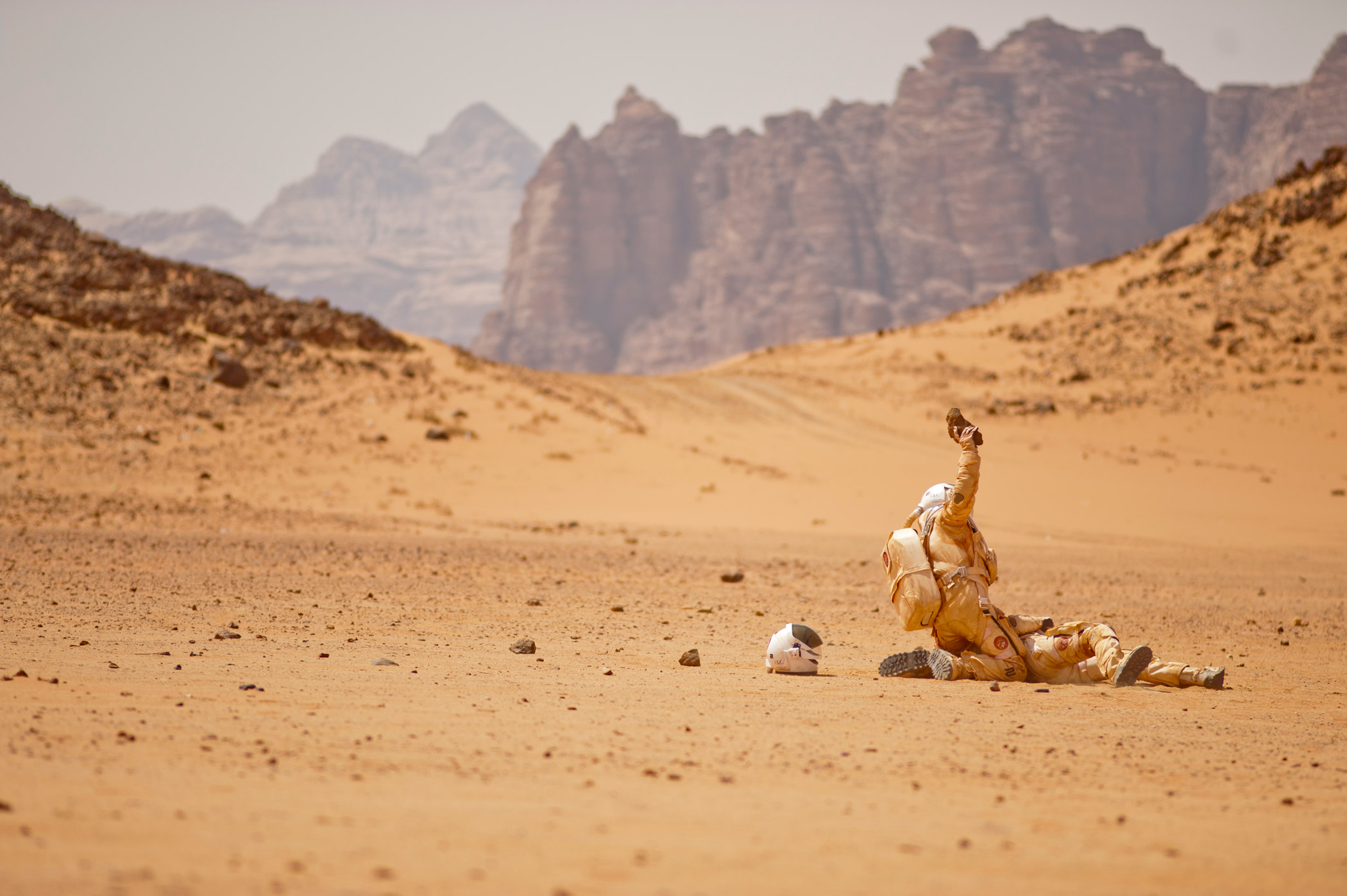
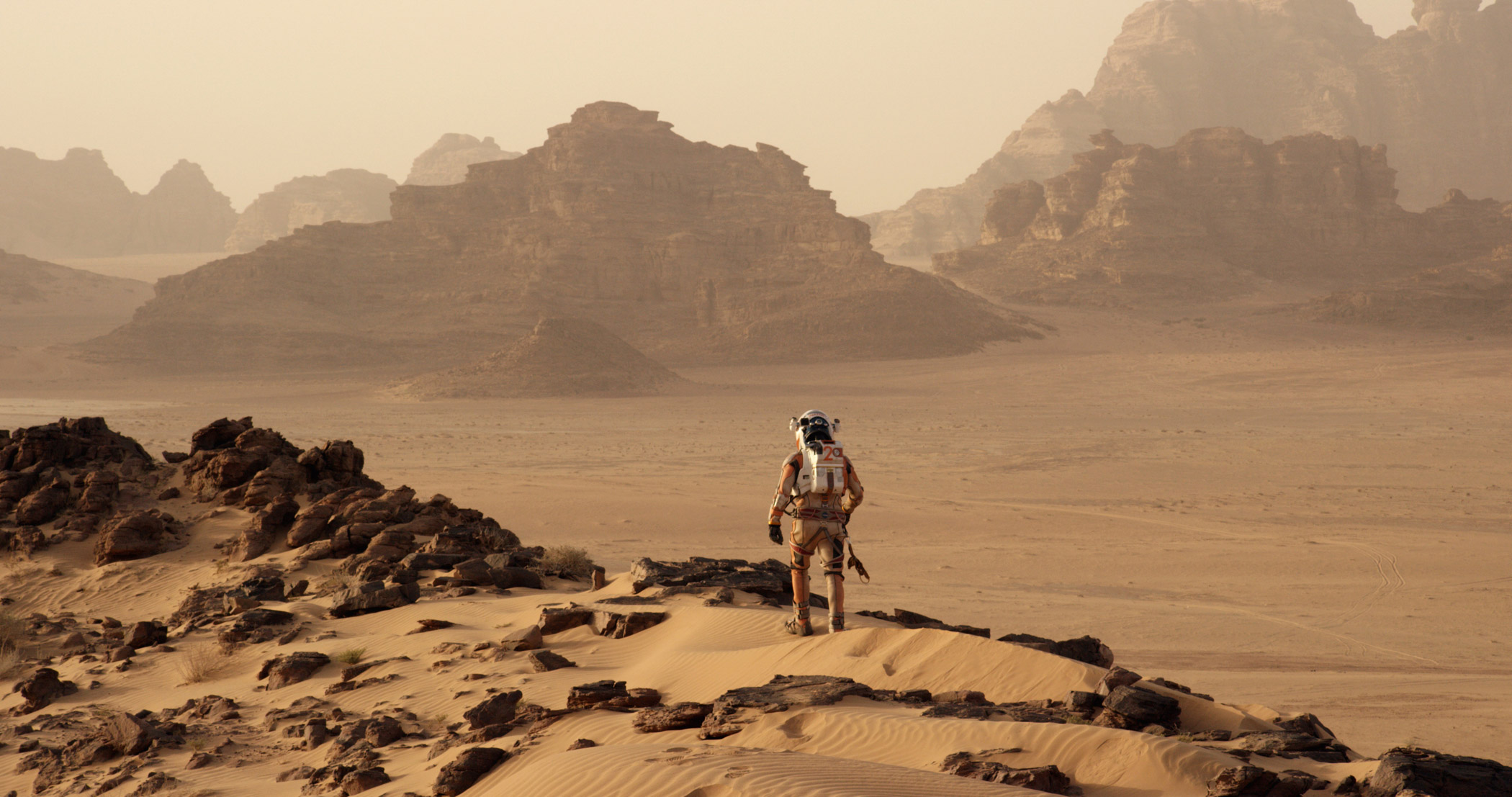
The problem of Martian radiation is another tricky issue. Astronauts would be exposed to two kinds of dangers as they traveled to and from Mars and worked on the surface: solar energetic particles and galactic cosmic rays. A one-way, 180-day trip alone would subject them to 15 times the annual permissible dosage for workers in nuclear power plants. Watney spends more than 500 sols (or Martian days, which are only 39 minutes longer than our days) stranded on Mars, not to mention the back and forth flights in the crew’s mother ship.
There are all manner of ways spacecraft and dwellings could be shielded from radiation: artificial magnetic fields or insulating layers of aluminum or water or even food and stored human waste packed into the walls might provide the necessary protection. But The Martian never makes mention of any of these things. And even if we simply assume that the NASA of the unspecified future in which the movie takes place has figured the problem out, Watney still spends a lot of his time wandering about on the surface in nothing but a spacesuit. He may not glow in the dark after that kind of cosmic bath, but he’d sure get radiation detectors jumping.
Give The Martian props for getting the botany mostly right. Martian soil would, as in the story, be suitable for growing crops—and in at least one study it worked better than ordinary Earthly dirt. And Watney’s use of stored human waste as fertilizer would indeed make the reaping richer—even if it made the sowing nastier.
Whether a Martian castaway would have all of the oxygen Watney did for his long stay is open to question. The six person crew was supposed to remain on the surface for 30 days, meaning that a single person would have at least enough air for 180 days. NASA typically builds in very comfortable cushions when it comes to consumables, but in this case they’d have to provide three times the oxygen the crew would need—which is what it would take to keep Watney going for his 500-plus sols—and that’s doubtful.
There are credibility issues on Earth as well. In order for Watney to be rescued, the rest of the crew must cancel its homecoming and, the moment their spacecraft reaches Earth, simply whip around it and head back to Mars. That’s entirely possible. Such a slingshot maneuver—or gravity assist—was what guaranteed the first few Apollo lunar crews a free ride home if their engine failed as they were approaching the moon, and it has regularly been used in interplanetary explorations, as unmanned probes swing close to, say, Jupiter, to pick up some extra gravitational speed on their way to, say, Saturn.
In The Martian, however, the use of a gravity assist is portrayed as a late-night brainstorm by a NASA technician, one that requires him to run his equations on a room-sized super-computer and then explain the wondrous idea to a skeptical Administrator of NASA. But a NASA Administrator who didn’t know what a gravity assist was would be like a cardiac surgeon who couldn’t find a heart inside a patient’s chest. Either way, it’d really be time to look for a different line of work.
Here too, however, it’s worth the wince that that scene causes, if only to get back inside that wonderfully elegant spacecraft. Yes, it’s implausibly big and implausibly tidy, but its central, zero-g segment and its rotating torus where artificial gravity would be created was true to the physics—and the way the crew transitioned from one environment to the other was seamless and pretty.
That’s one of the problems The Martian hands science scolds. The story is such a ripping good ride and so gorgeous to watch that you don’t merely want to suspend your disbelief, you want to tie it to a parking meter outside the theater and order it not to disturb you with its barking. For the most part, that does the trick. There will be plenty of nonnegotiable problems real astronauts on a real mission to Mars will have to confront. In a movie mission, well, go break a few rules if it means this much fun.
See Mysterious Photos of Water on the Surface of Mars
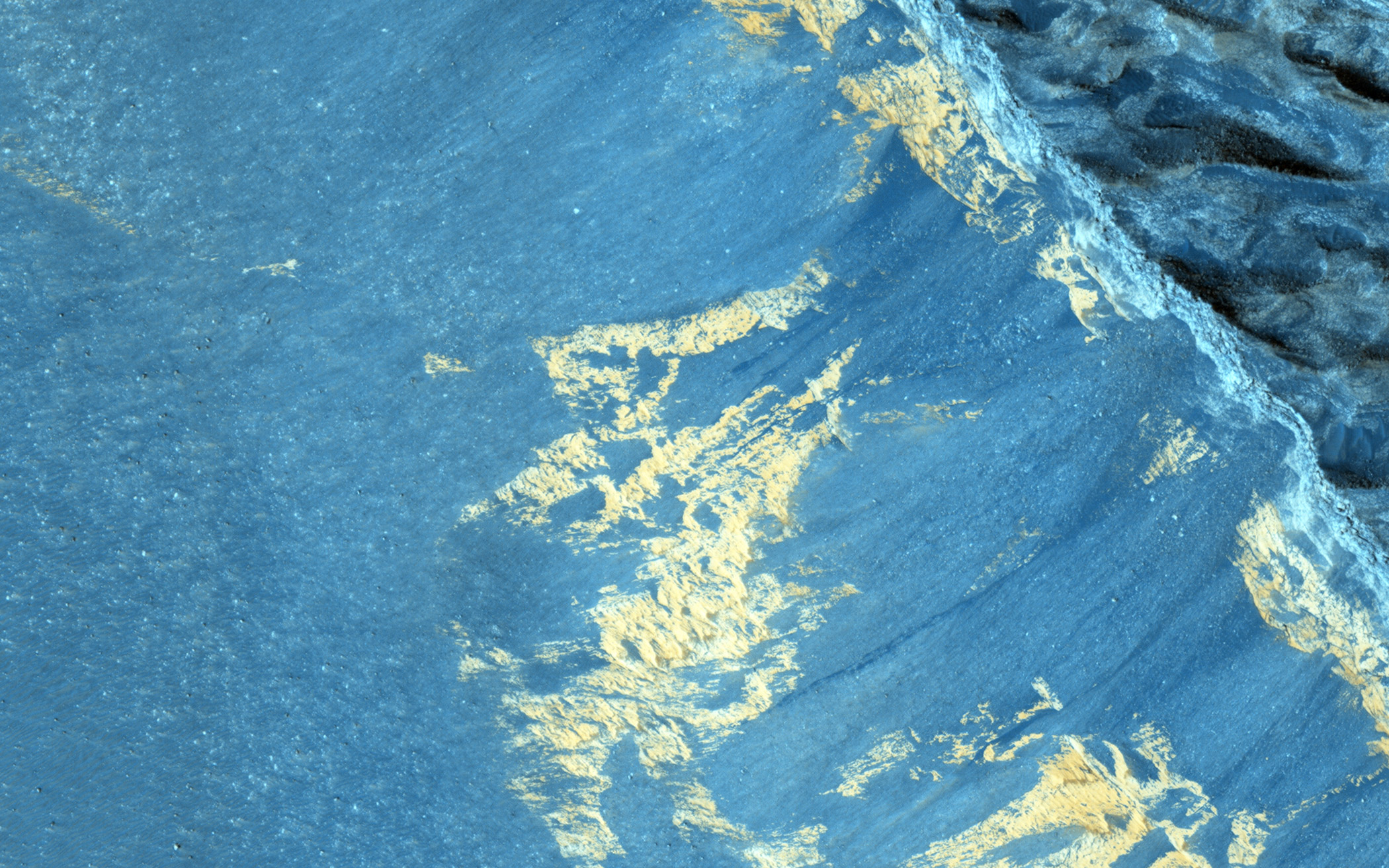
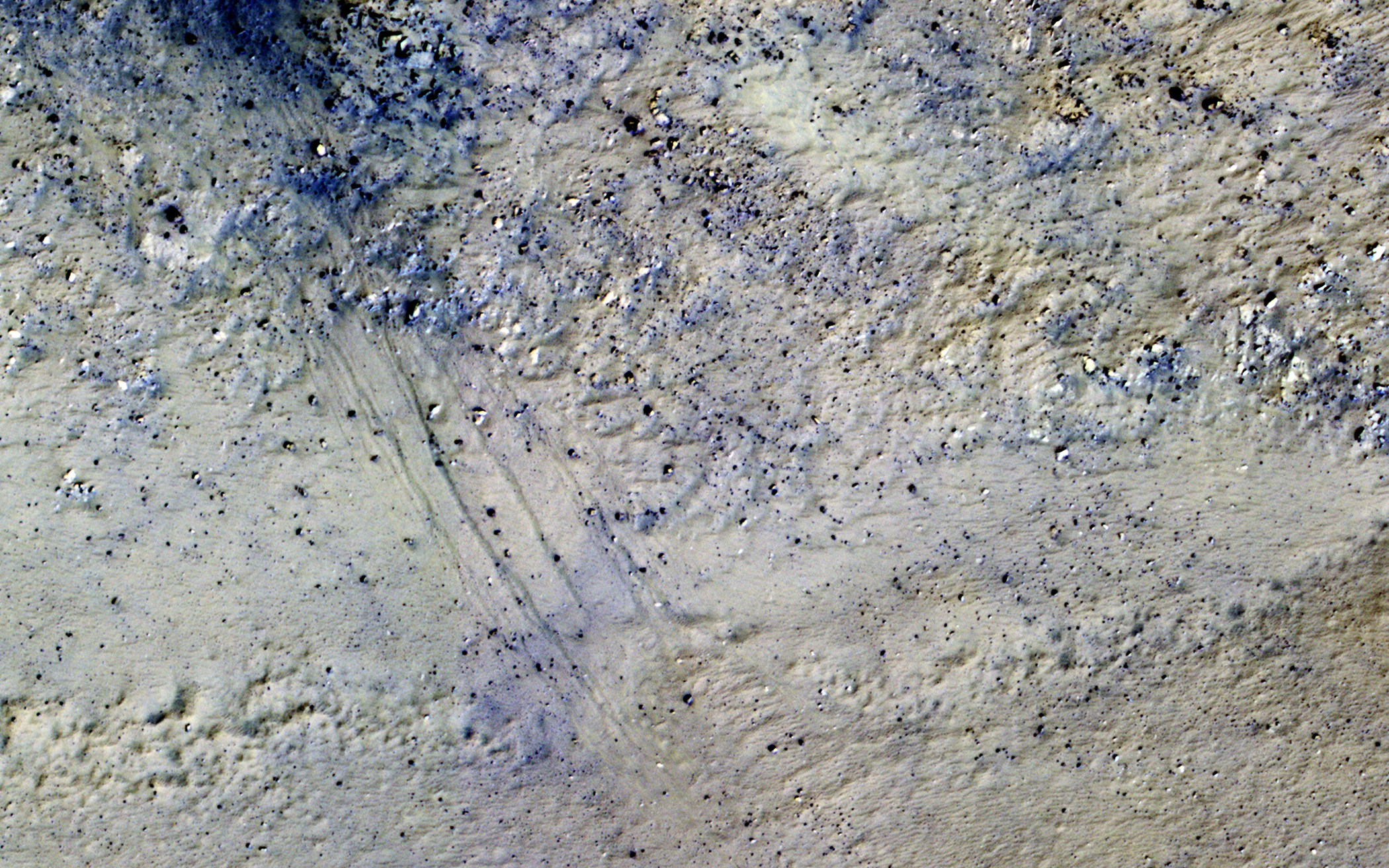
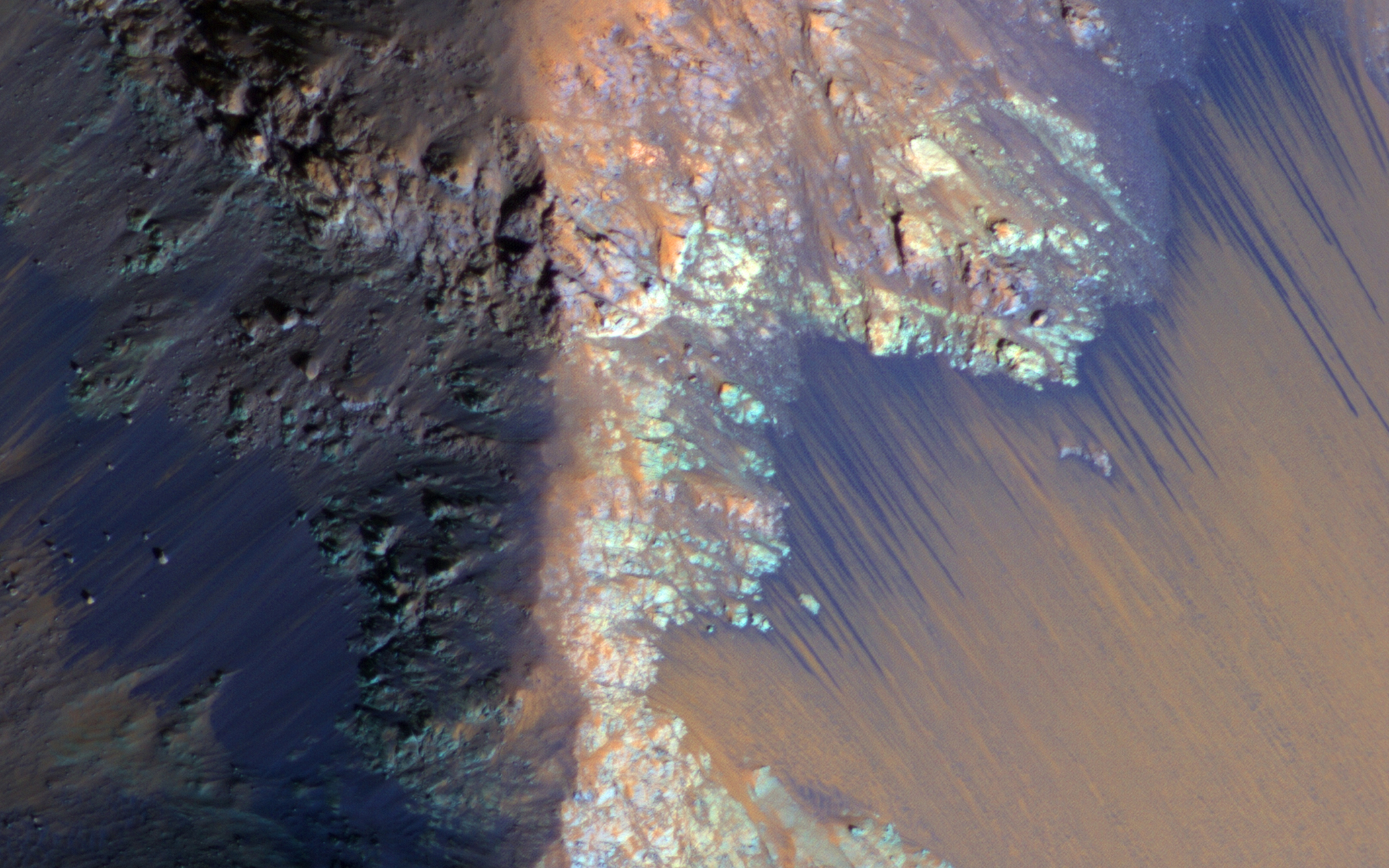

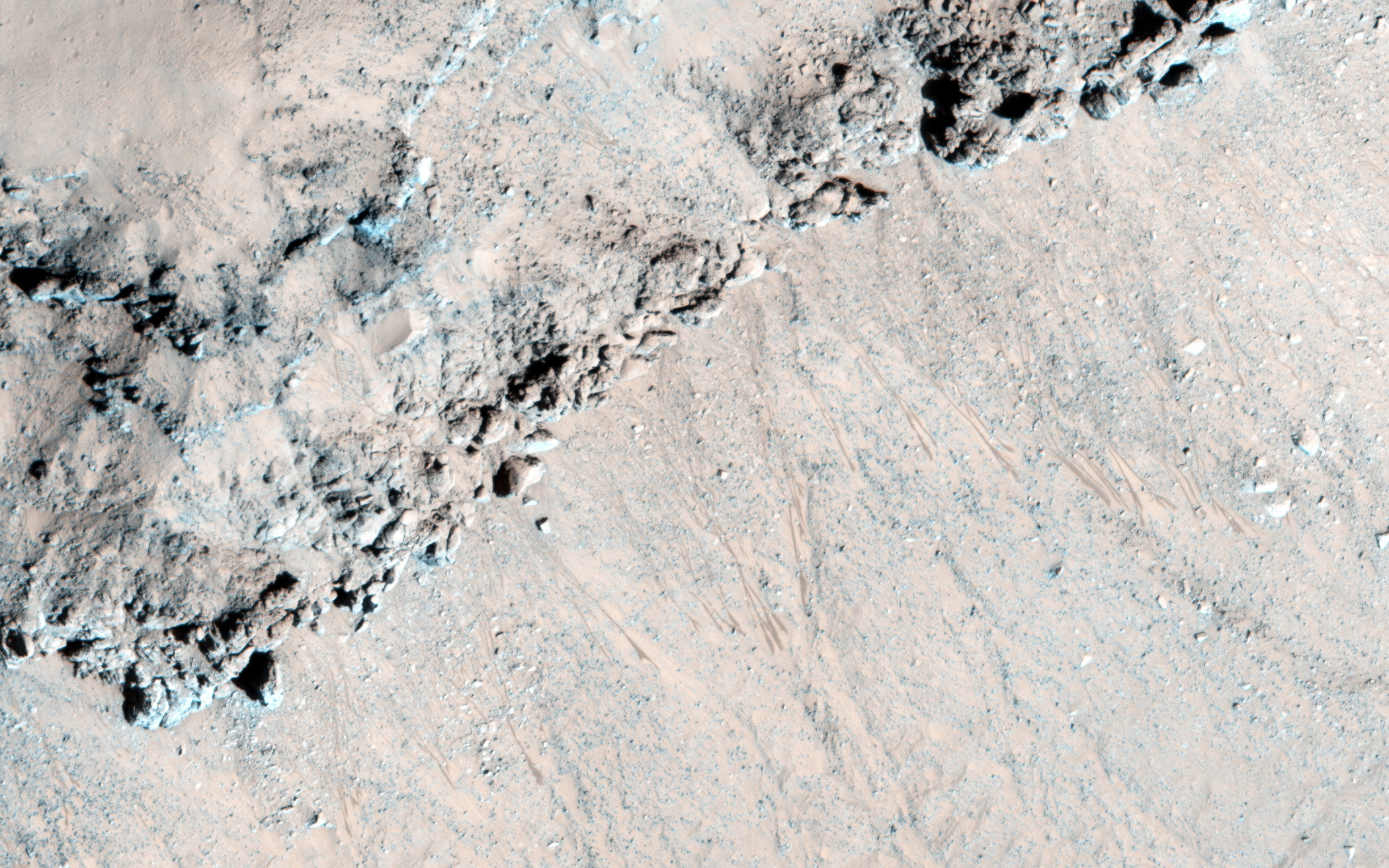
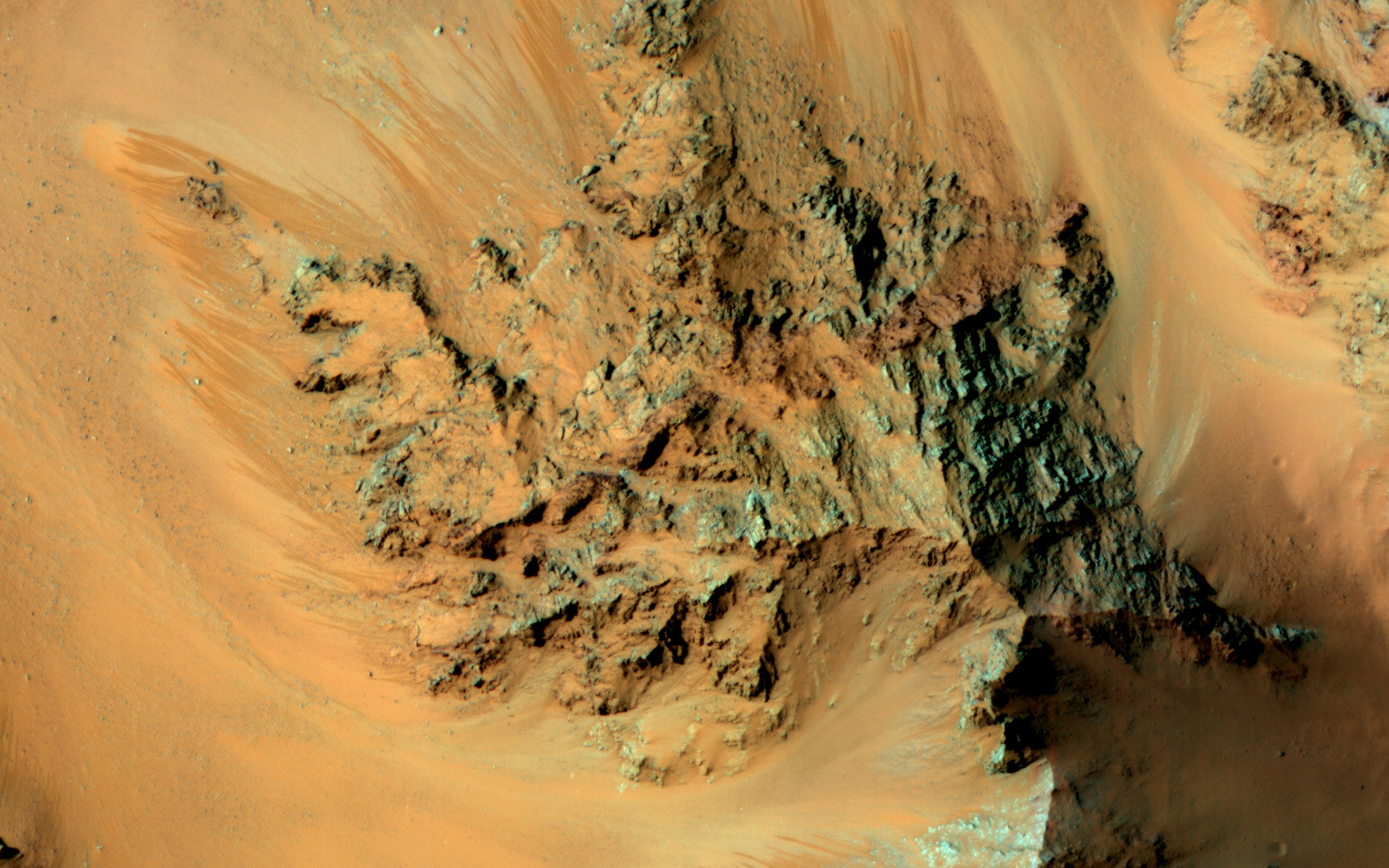
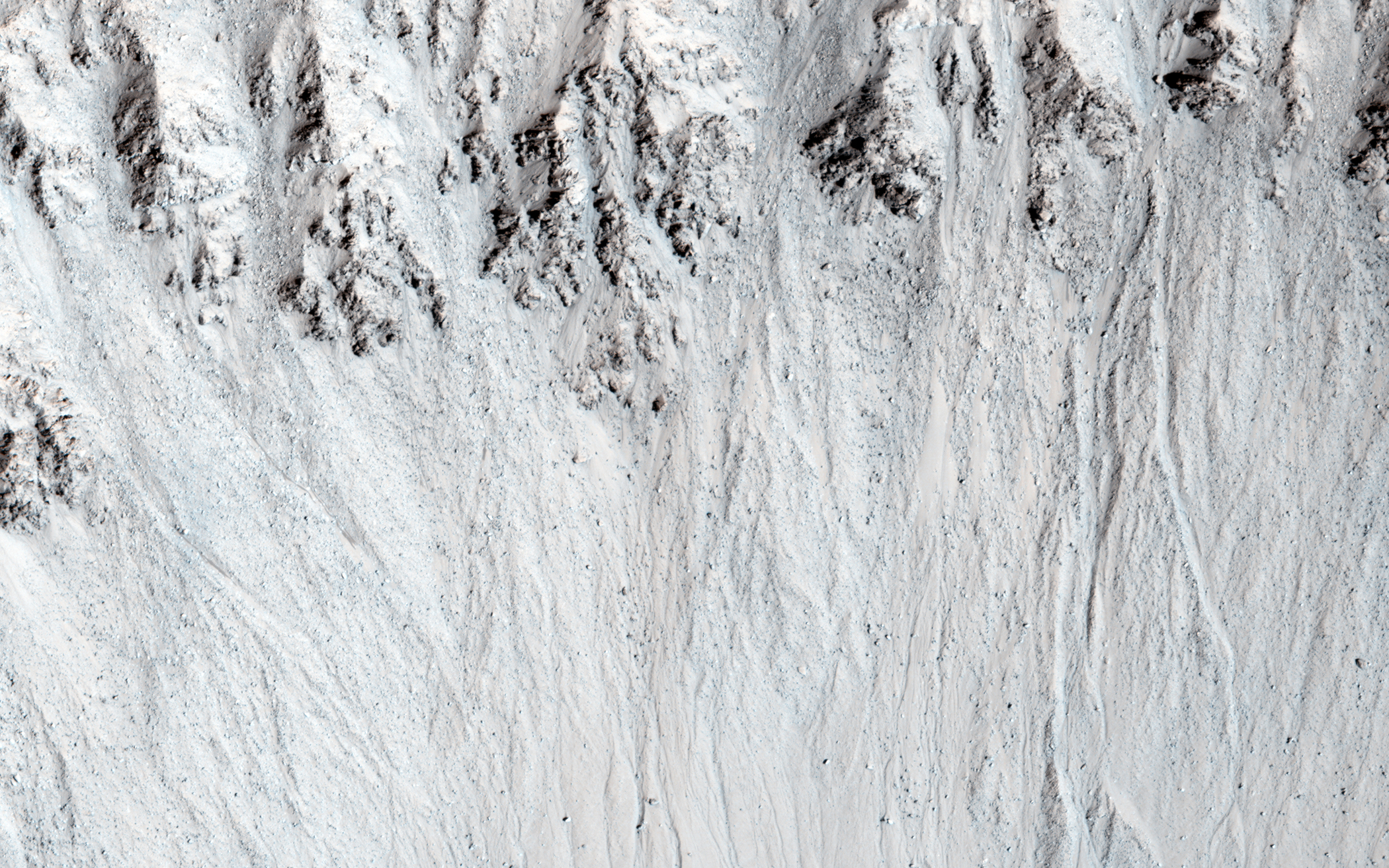

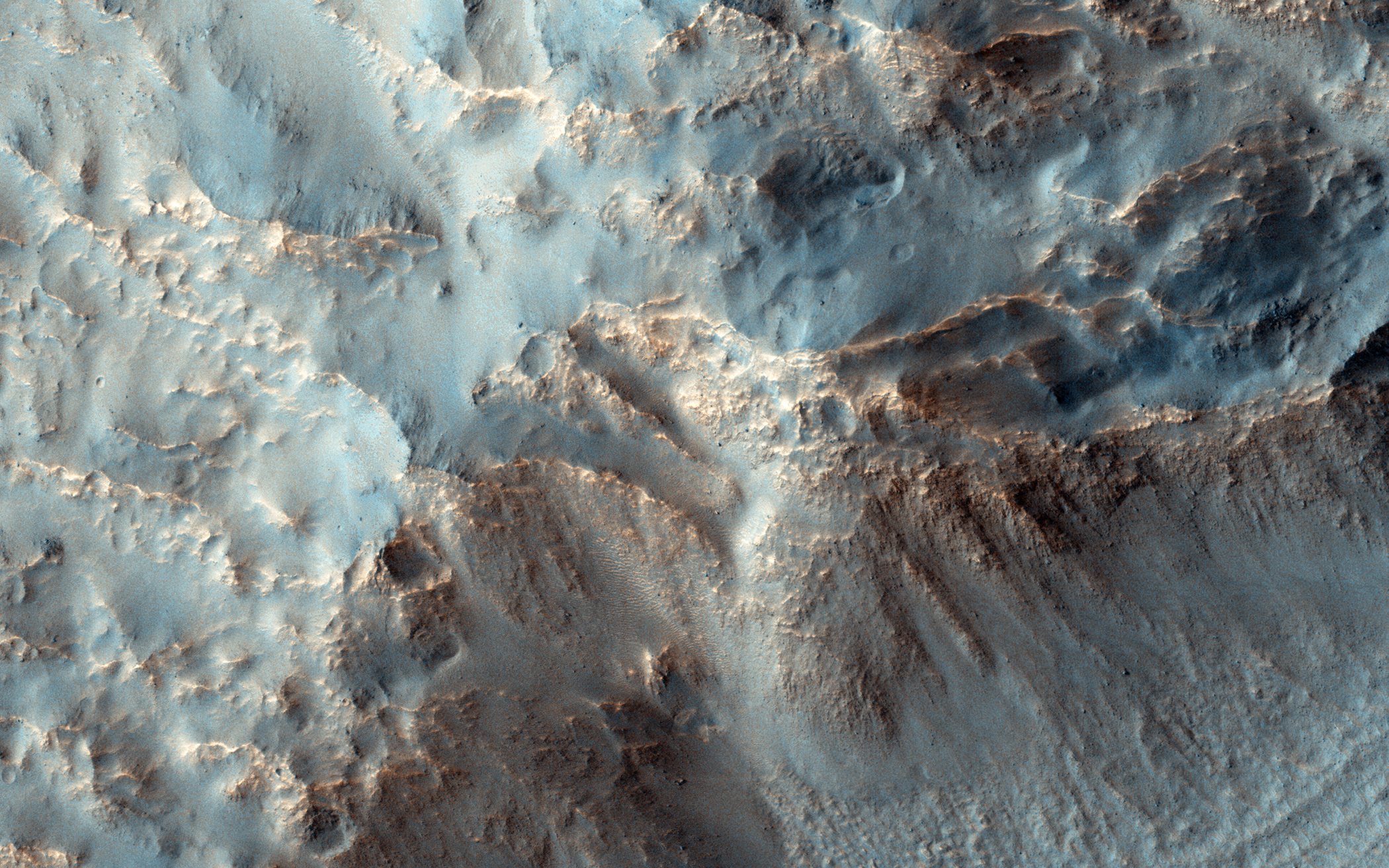
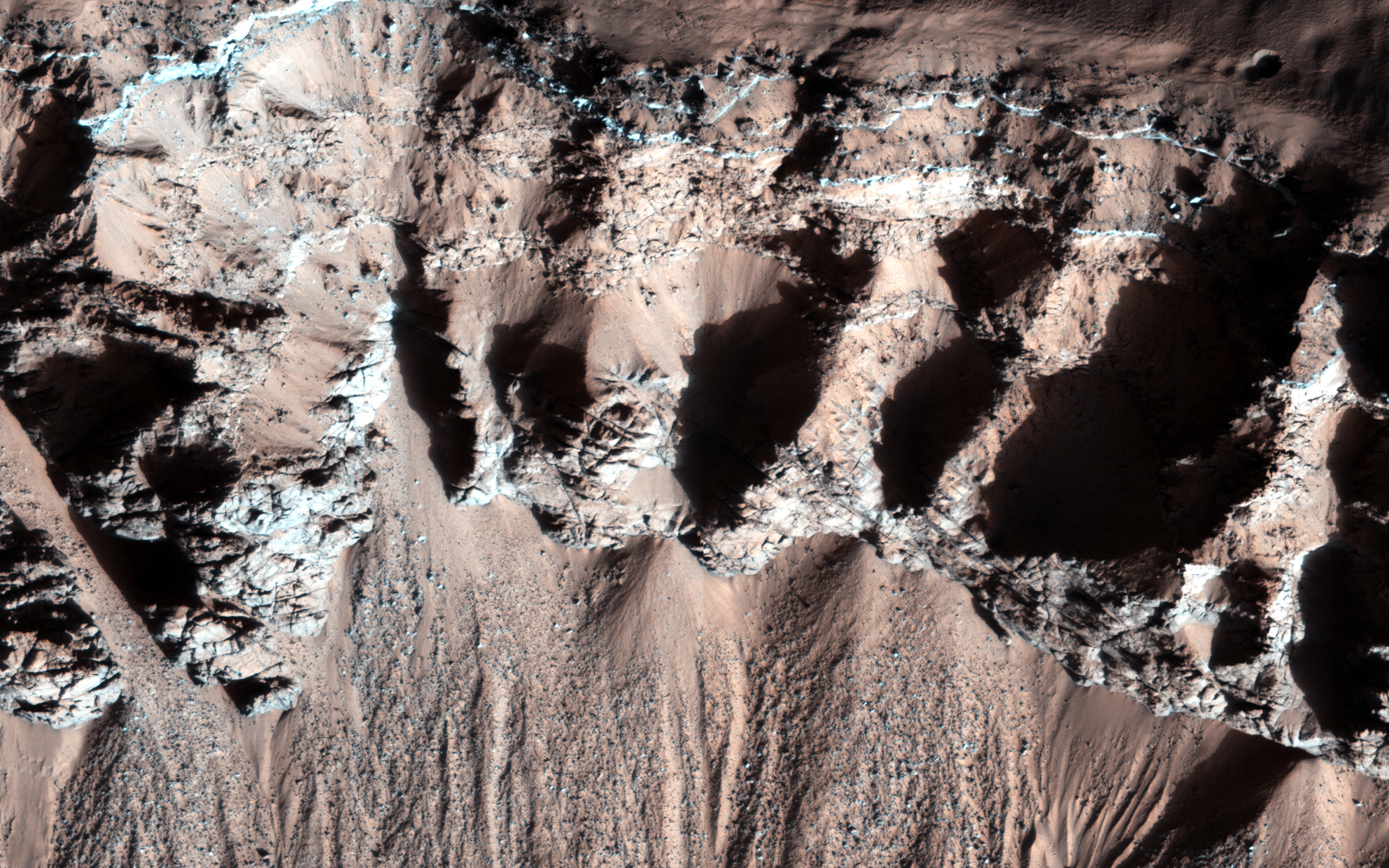
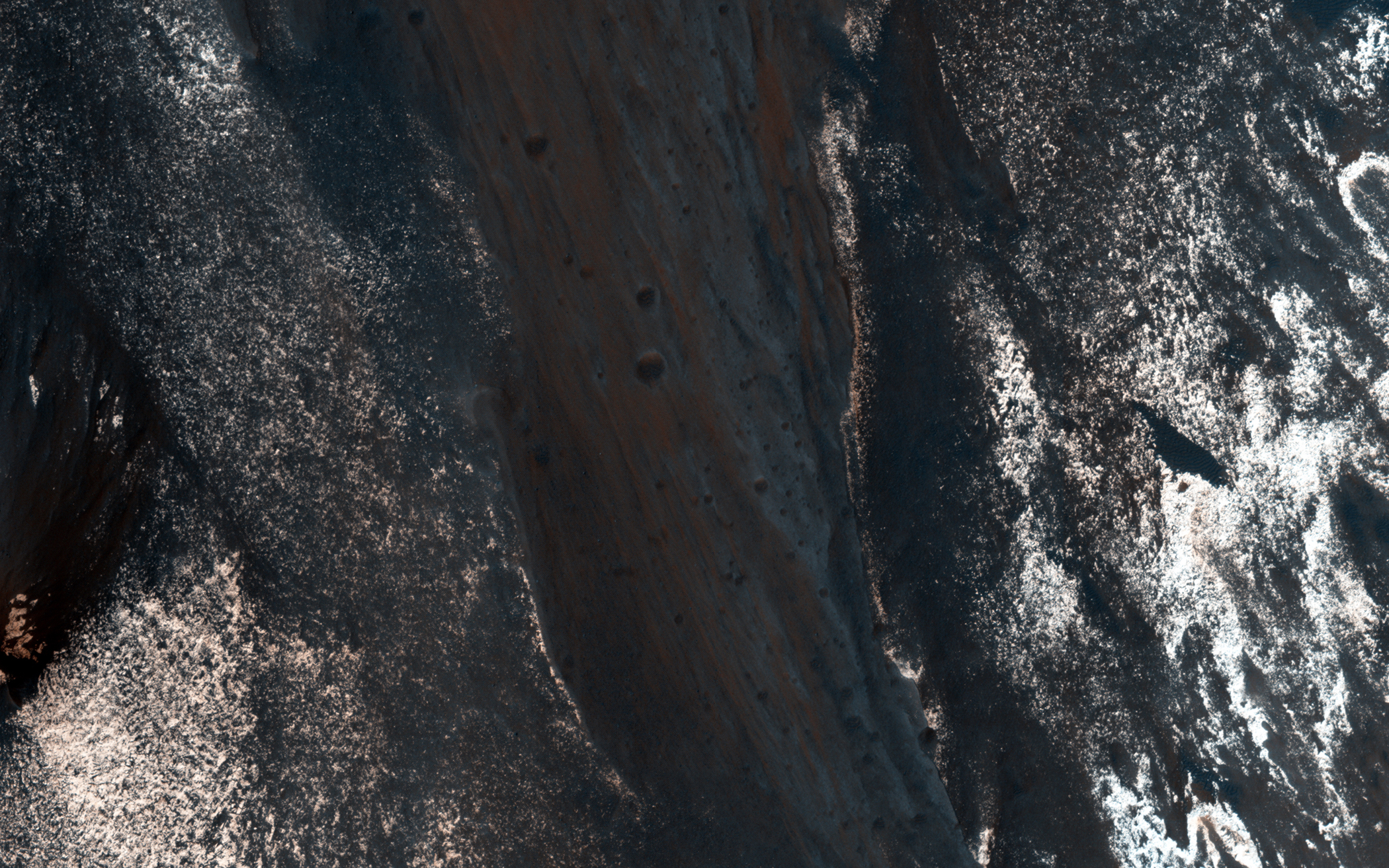


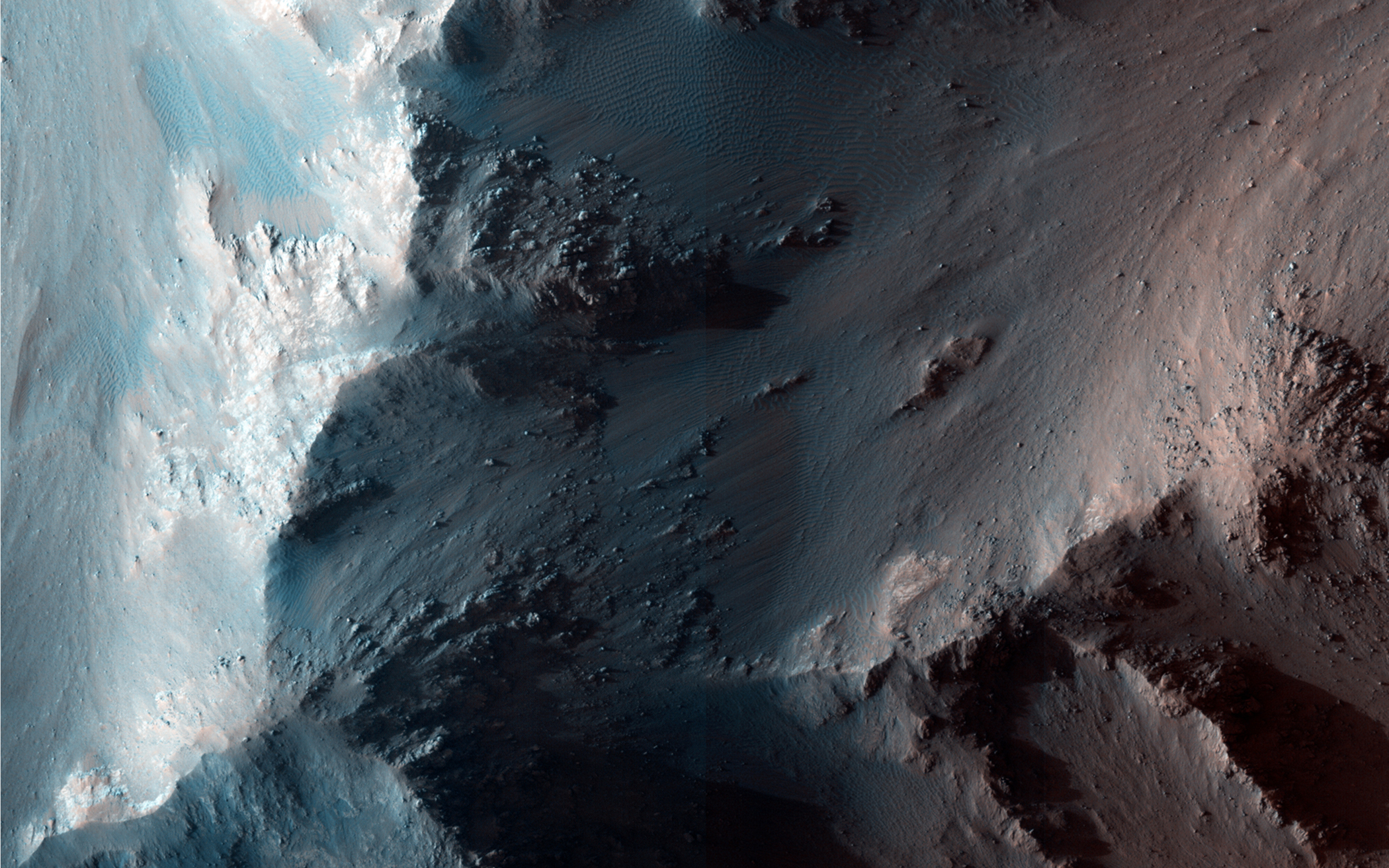
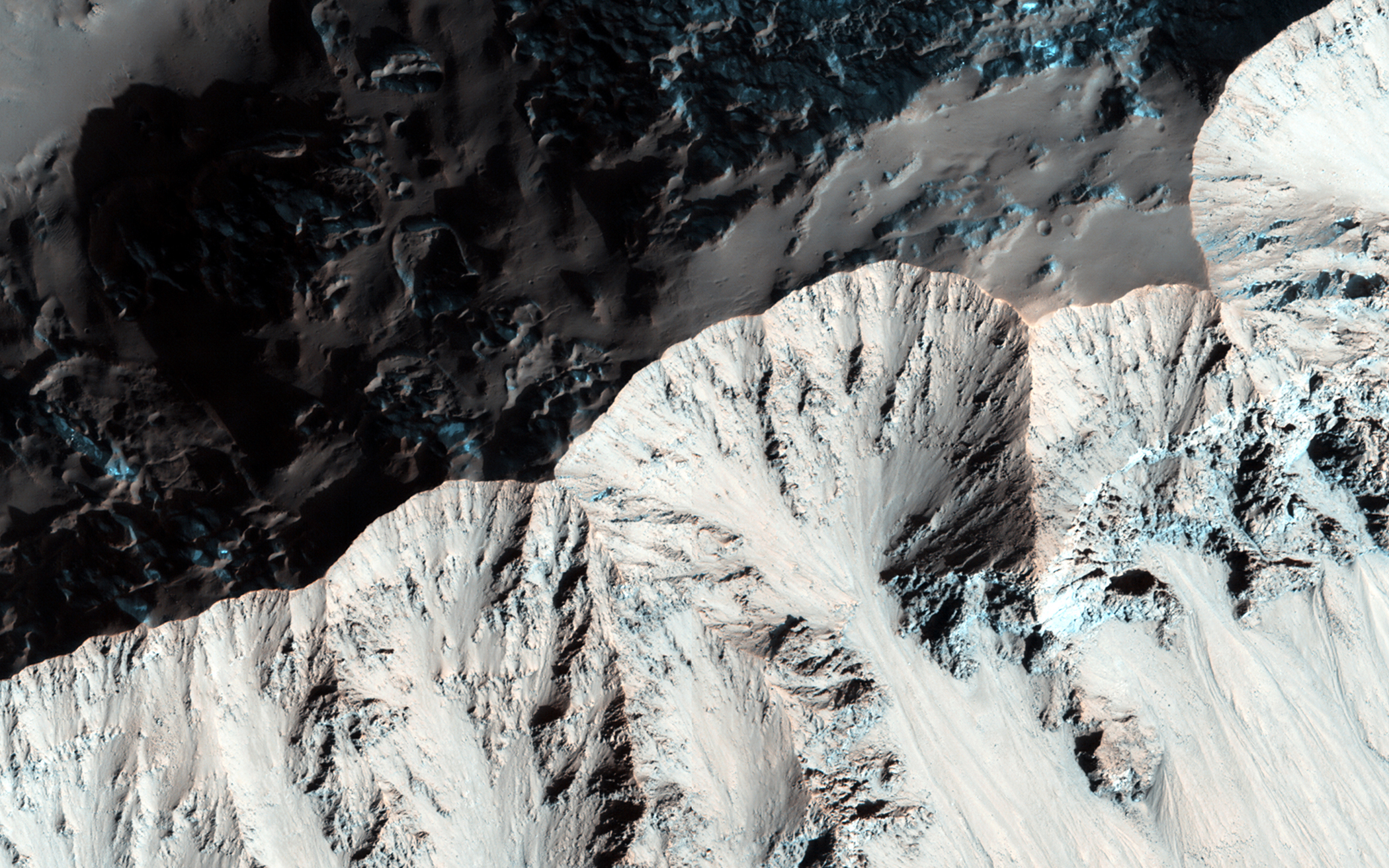
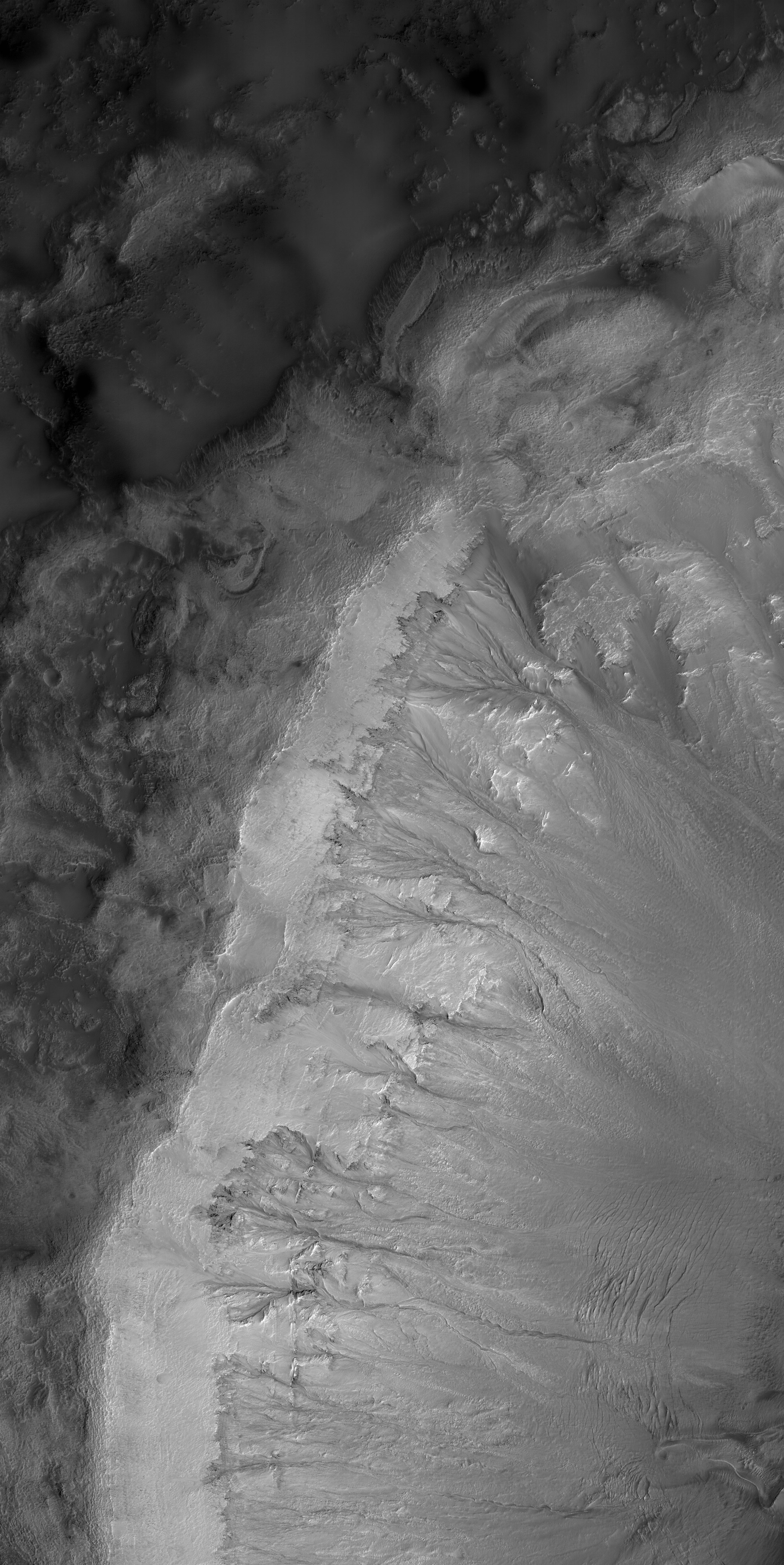
More Must-Reads from TIME
- Donald Trump Is TIME's 2024 Person of the Year
- TIME’s Top 10 Photos of 2024
- Why Gen Z Is Drinking Less
- The Best Movies About Cooking
- Why Is Anxiety Worse at Night?
- A Head-to-Toe Guide to Treating Dry Skin
- Why Street Cats Are Taking Over Urban Neighborhoods
- Column: Jimmy Carter’s Global Legacy Was Moral Clarity
Write to Jeffrey Kluger at jeffrey.kluger@time.com